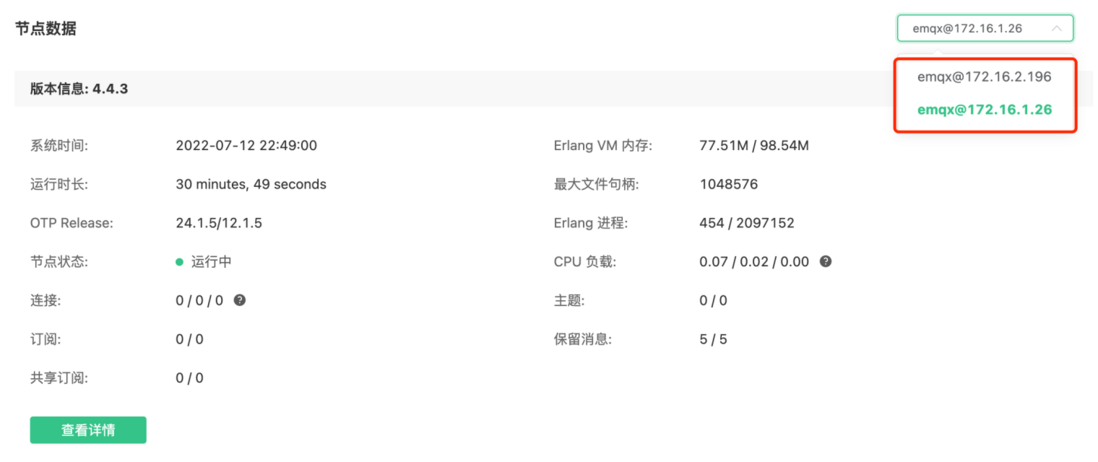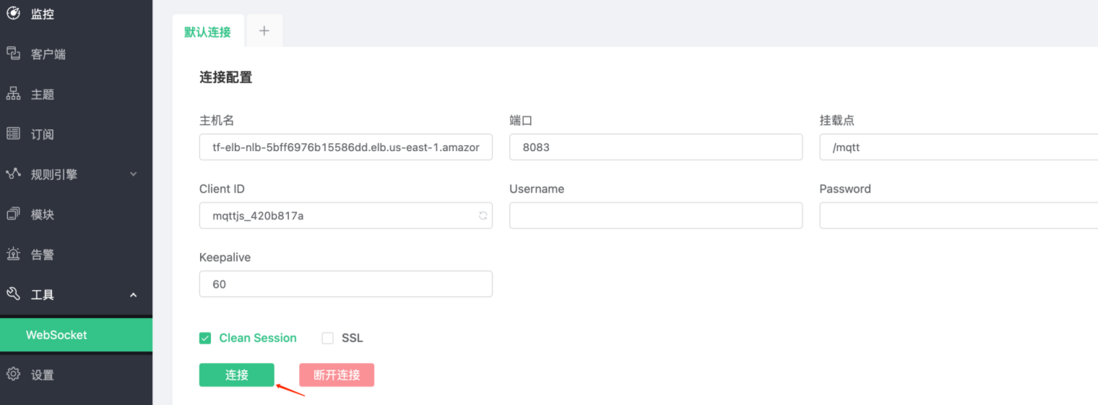Terraform is an infrastructure-as-code (IaC) tool launched by HashiCorp, which includes low-level components such as computing instances, storage, and networking, as well as high-level components such as DNS, LBS, and so on. Users can use Terraform to safely and efficiently build, change and update infrastructure.
In the traditional private cloud or public cloud deployment method, users need to deploy the infrastructure (virtual machine, network, storage, etc.) first, and then start to deploy the MQTT cluster. With Terraform, users can do both at the same time. In addition, the same set of tools can be deployed on different platforms, and resources can be defined and configured in a repeatable and predictable way through templates, which can greatly reduce errors caused by human factors.
This article will take the distributed IoT MQTT message server EMQX as an example, and use Alibaba Cloud as the public cloud platform to introduce how to use Terraform to quickly deploy a highly available MQTT cluster.
Introduction to Terraform
As a tool for managing the lifecycle of services, Terraform can record and track all environmental changes with state files. The default state is stored locally and is defined by HCL or JSON, which is the template language provided by HashiCorp.
- Coding: Use HCL to write infrastructure code. Blocks, parameters and expressions can be defined.
- Plan: Run Terraform Plan to check that the execution plan meets expectations.
- Apply: Run Terraform Apply to build the infrastructure your users need
Preparation and installation
Install Ali Cloud SDK for Go
go get -u github.com/aliyun/alibaba-cloud-sdk-go/sdkInstall Terraform
Take Mac as an example, install it through brew.
brew tap hashicorp/tap 2brew install hashicorp/tap/terraformVerify installation
terraform -helpFor details, please refer to the official documentation .
Deploy EMQX cluster using Terraform
Download the Alibaba Cloud deployment script
git clone https://github.com/emqx/terraform-emqx-emqx-alicloud.gitDeployment script description
Script configuration file path:
- Single-machine deployment configuration file:
services/emqx/terraform.tfvars - Cluster deployment configuration file:
services/emqx_cluster/terraform.tfvars
The deployment script uses the following configuration by default, and readers can modify it according to the actual situation:
Ali Cloud SDK: v1.61.1608
Older SDK versions may cause ELB deployment to fail
Default EMQX version: Enterprise 4.4.3
If you want to deploy the open source version, you need to modify the
terraform.tfvarsemqx_packagevalue at the end of the file, such as deploying the open source version 5.0.3:emqx_package = https://www.emqx.com/en/downloads/broker/5.0.3/emqx-5.0.3-ubuntu20.04-amd64.tar.gz- The default Alibaba Cloud Region is:
cn-shenzhen - Default cluster nodes: 2
ecs.t6-c1m1.large
Configure Alibaba Cloud AccessKey
Enter the Alibaba Cloud AccessKey page
Get the created AccessKey and Secret, and set the environment variables
export ALICLOUD_ACCESS_KEY=${anaccesskey}
export ALICLOUD_SECRET_KEY=${asecretkey}
export ALICLOUD_REGION=${region}Deploy EMQX Enterprise Edition Cluster
Users can change the default configuration by modifying the terraform.tfvars file cd services/emqx_cluster
terraform init
terraform plan
terraform apply -auto-approveAfter waiting for a few minutes, you can see that the deployment is completed as follows:
Verify cluster deployment results
After the cluster is successfully deployed, we can simply test whether the cluster is running normally. First obtain the IP address of the cluster (emqx_cluster_address = "120.79.163.50") from the above figure, and access the Dashboard of the EMQX Enterprise Edition through the following information.
http://120.79.163.50:18083Username:
adminPassword:
public
As can be seen from the above figure, we have deployed 2 nodes. At this time, we can perform simple verification through the WebSocket tool:
On the left menu bar, select Tools→WebSocket
Click "Connect"
Subscribe to topics
Click Publish, you can see the following results normally
Epilogue
So far, we have completed the entire process of quickly deploying an MQTT cluster on Alibaba Cloud through Terraform. Readers can modify the deployment script according to the actual situation, create an EMQX cluster that meets their own business needs, and build a competitive IoT platform and application with the help of EMQX's advantages in IoT data connection, mobility, and processing.
References
Code repository: https://github.com/emqx/terraform-emqx-emqx-alicloud
Official documentation of EMQX Terraform module: https://docs.emqx.com/zh/emqx-terraform/latest
Copyright statement: This article is original by EMQ, please indicate the source when reprinting.
Original link: https://www.emqx.com/zh/blog/deploy-mqtt-cluster-on-alibaba-cloud-using-terraform








**粗体** _斜体_ [链接](http://example.com) `代码` - 列表 > 引用。你还可以使用@来通知其他用户。